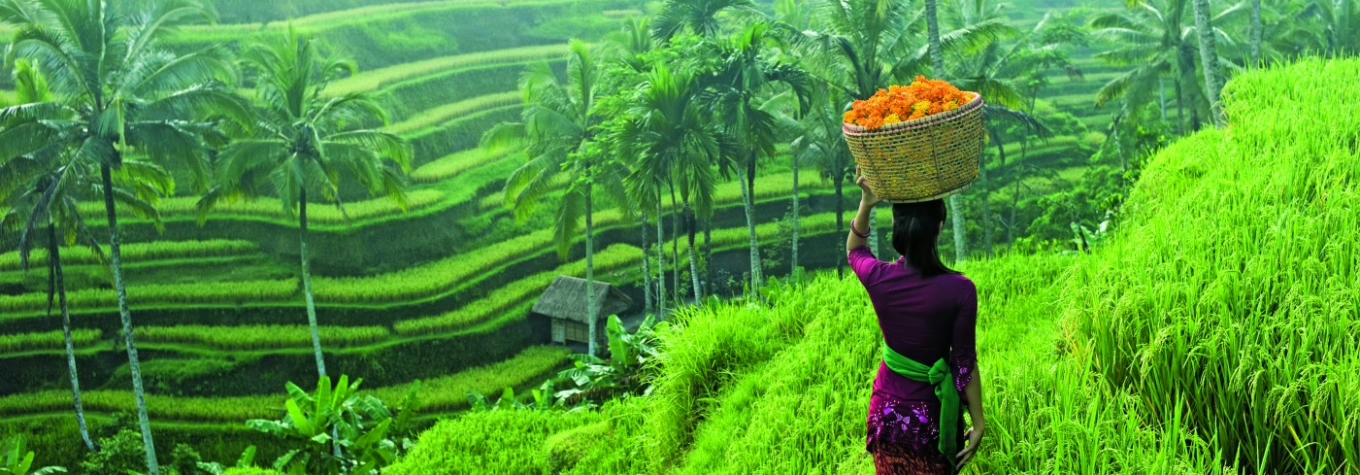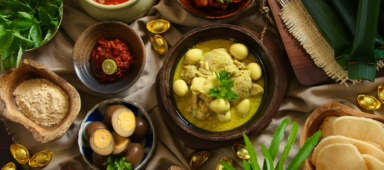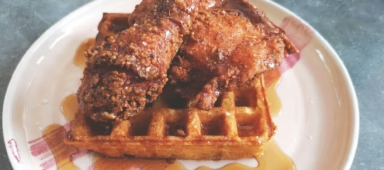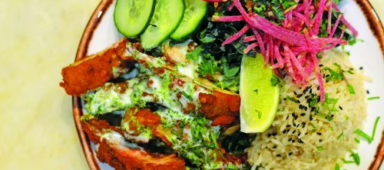Exploring the Balinese town for the best food and culture
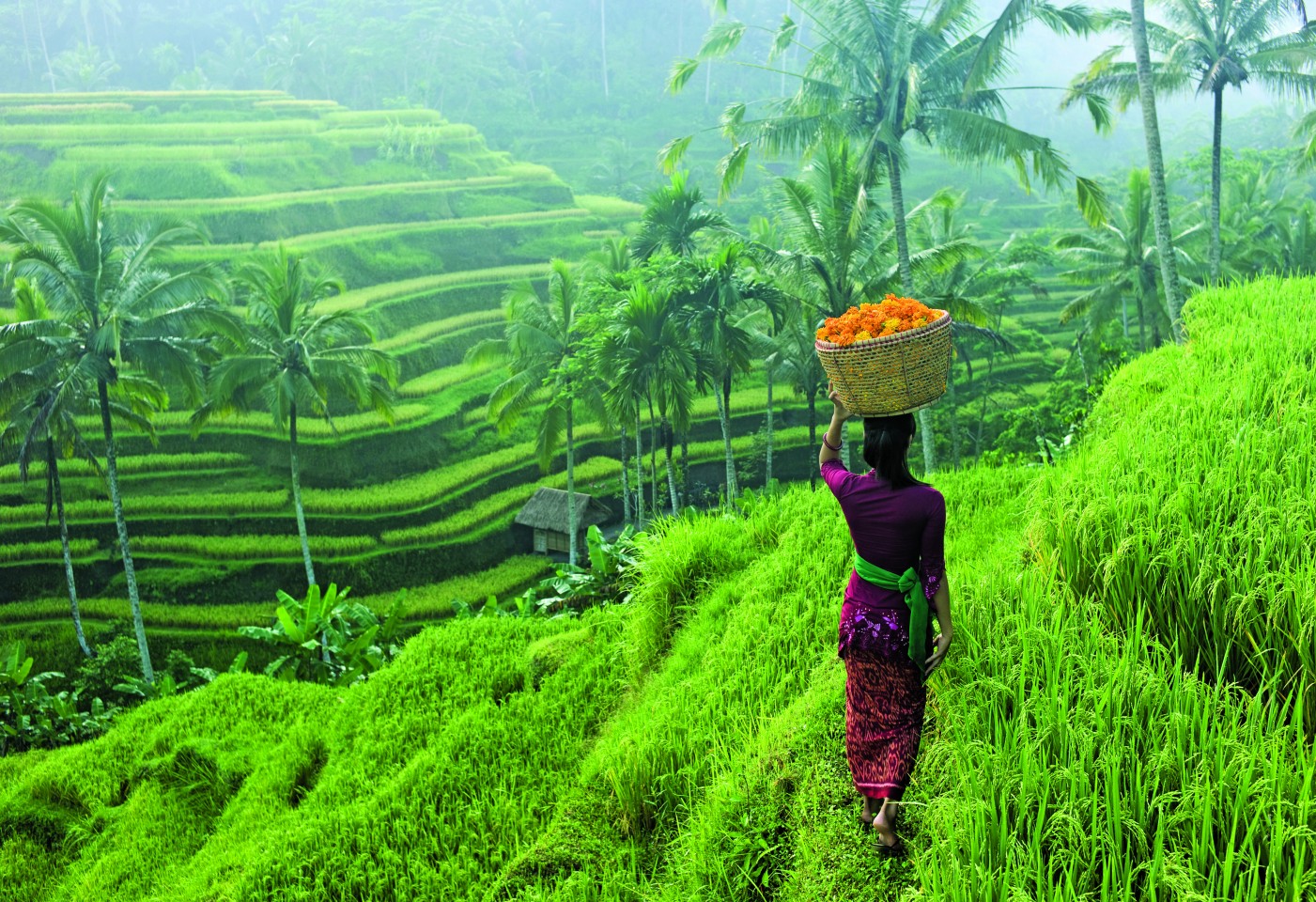
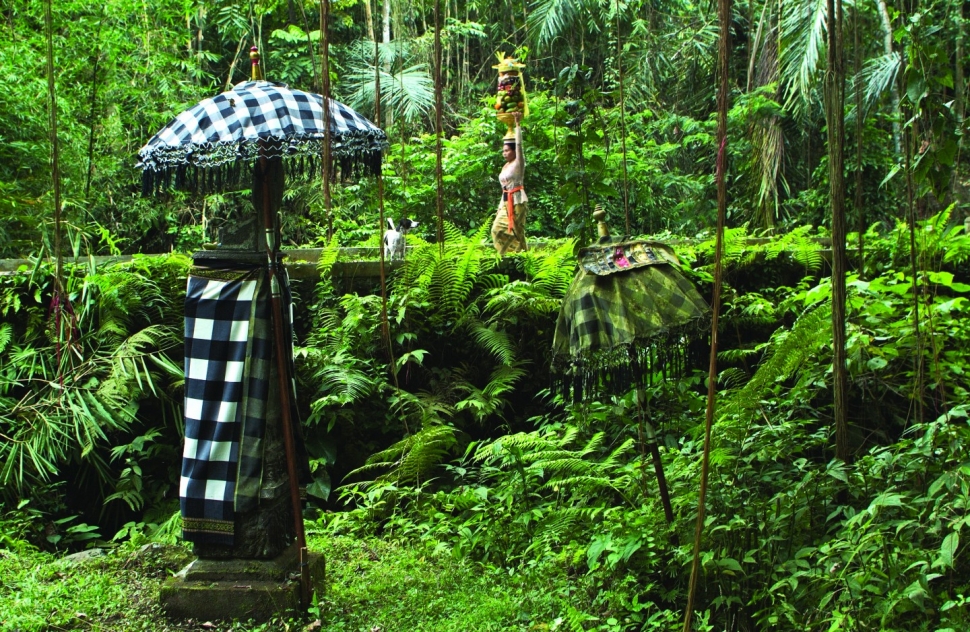
As the airplane descends over Bali, views of oceans and beaches greet travellers, looking as resplendent as oft-seen images of this famous island paradise. Indeed, Bali is best-known for its beautiful beaches, as well as its titillating pubs and bars. However, its fans know there is more to be enjoyed and explored here as they get off the plane and head for areas with paddy fields instead of sand, rivers instead of sea, and culture instead of clichés. They head to Ubud.
About a 90-minute drive from Ngurah Rai international airport, Ubud became popular with Western travellers looking for adventure and culture long before it was romanticised in Elizabeth Gilbert’s novel Eat, Pray, Love and its movie adaptation. European painters Walter Spies, Willem Hofker and Rudolf Bonnet had been entertaining the likes of Charlie Chaplin, Barbara Hutton, H.G. Wells and playwright Noel Coward here during the 1930s, giving rise to tourism and substantially elevating the stratum of culture in Ubud and Bali.
Much more recently in 2004, Australian transplant Janet DeNeefe created the international Ubud Writers & Readers Festival (ubudwritersfestival.com), winning accolades, including as “one of the top festivals in the world” by Harper’s Bazaar UK and “the next Edinburgh Festival of Asia” by ABC Asia-Pacific. Earlier this June, DeNeefe and company launched another hit event, the Ubud Food Festival (ubudfoodfestival.com), to welcome food personalities from Indonesia and around the world to share their love for the art of food.
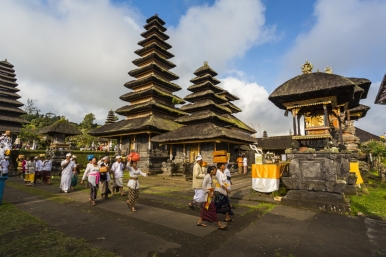
Regarded as Bali’s centre of culture, it is hard not to spot one form of art or another in Ubud. In fact, just walking along the roads afford you views of traditional Balinese architecture in the form of many Hindu temples, municipal buildings and even entrances to private residences.
To see some of the best Balinese art in one place, the Neka Art Museum (museumneka.com) on Jalan Raya Campuhan has on display various artwork created by Balinese, Indonesian and foreign artists. The same road is also home to scores of galleries and art shops, featuring both original artwork by Balinese artisans as well as reproductions of famous paintings.
Fancy viewing and buying art by the ‘Bali Dali’, Antonio Blanco? The flamboyant painter came to Bali in 1952 and was given a piece of land by the then King of Ubud to build his home and studio. It is now the Antonio Blanco Museum (blancomuseum.com), a magnificent amalgamation of a palace and a temple with marble columns and high ceilings. Included in the tour of the museum and its grounds, which is much like a bird park, is a visit to Blanco’s studio, left untouched since his death, an unfinished painting still on its easel.
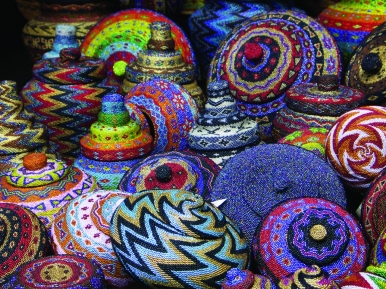
Coming down from the museum’s lofty perch, a magnificent scene with a river, a temple, a hillside school and verdant rice terraces invite onlookers for a closer view. This is the famous Campuhan Ridge, where many visitors make their holiday more holistic by trekking through the terraces, while reflecting upon and appreciating the greenery and the quiet life. Starting near the entrance of the Warwick Ibah resort on Jalan Raya Campuhan, the whole trek is about two kilometres long but the quaint Karsa Kafe situated about halfway is available for refreshments and toilet breaks. Three thatched roof huts are perfect for enjoying your drinks or snack, or for some meditation. Nearby are small shops selling art and souvenirs.
Casual fine dining restaurant Bridges is right across the street if you’re famished at the end of the walk. If you prefer local food, Warung Igalenca on Jalan Raya Ubud is a 10-minute walk away. This cosy diner serves authentic Balinese food as well as specialities from other parts of Indonesia that are tasty, flavourful and cooked just right. Must-tries include the grilled chicken, or ayam bakar, and stewed chicken (ayam betutu) served with Bali’s red rice.
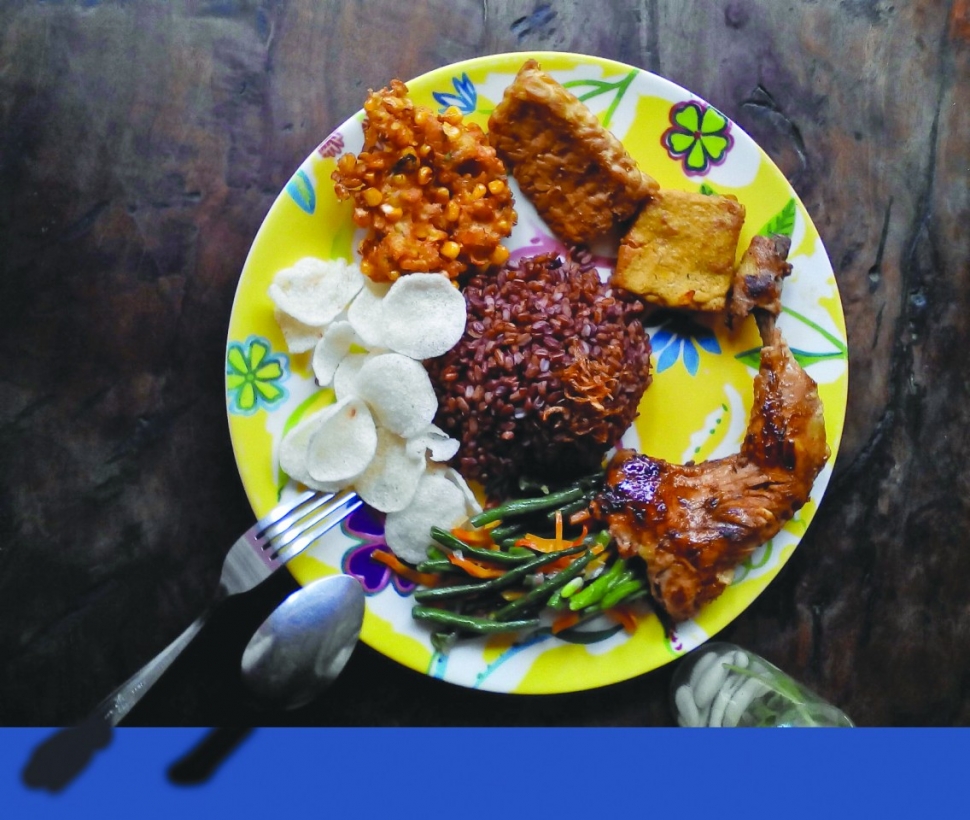
Those preferring to dine local in a more refined setting should make their way to Hujan Locale, a venture by Will Meyrick, also known as the ‘Street Food Chef’. Under Meyrick’s belt are Sarong Bali – a regular on any ‘Best of Bali’ list. Along with his MamaSan Bali, MamaSan Hong Kong, MamaSan Kuala Lumpur and E&O restaurant in Jakarta, you know you are in good hands when it comes to the food here, especially if you’re after local and Asian cuisine.
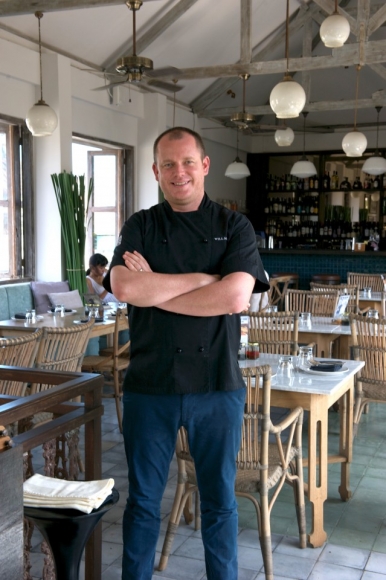
Hujan Locale was created to elevate the status of Indonesian food, says Meyrick. “I travel a lot around Indonesia and try to take the street food from the places I visit and put them in an environment like here, where they should be. I wanted to make it fairly local and accessible (to visitors), sort of a more café kind of style.”
“People always look at Indonesian food as low-level or as ordinary, home-cooked food. You see all the warungs or restaurants serving the same standard thing, but there are perhaps unique dishes that you haven’t seen before – those are the dishes that make Indonesian food a bit more surprising. That’s what I’m trying to push,” he says.
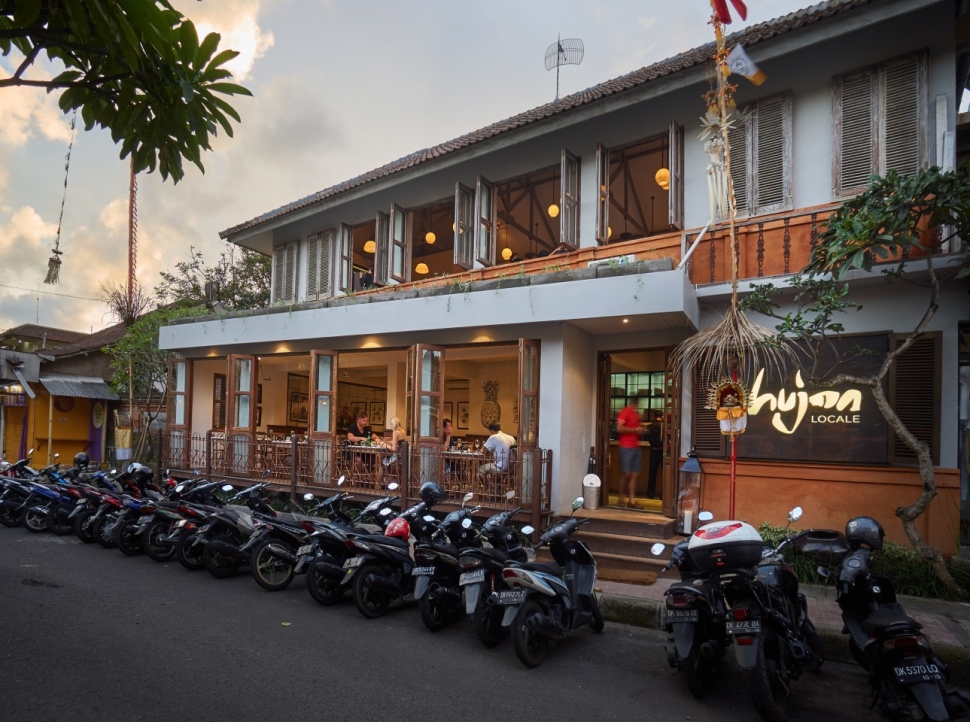
“And I promote something (more) than just my restaurants. I help promote the culture and cuisine, too,” says Meyrick. “At Hujan Locale, people can taste the food you get in Padang, Acheh, Sumatra, Makassar, Sulawesi. It’s really highlighting some of the Indonesian highlights.” Meyrick’s scallop ceviche, Dutch croquettes and other duck dishes are highly recommended, as are his fresh long-style pizzas topped with local ingredients and flavours.
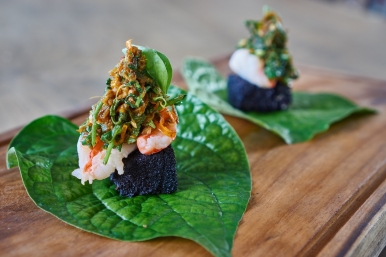
Hujan Locale employs a farm-to-plate ideology as Meyrick believes in sustainability and promoting local produce. “With our own pig and chicken farms, the idea is also to support farmers that perhaps are not doing so well, and restructure how they organise the farm so that they are able to produce crops every day rather than only on certain times of the month or the year,” says Meyrick of his other motivations behind Hujan Locale.
Another acclaimed restaurant serving exceptional dishes using fresh local produce is Ayung Resort’s Wijaya Kusuma Restaurant, about 10 kilometres from the centre of Ubud. With sustainability for local farmers in mind, the restaurant’s homegrown executive chef Made Lugra created a menu of fusion dishes using local ingredients and with local tastes. With his 20 years of experience working abroad yet still with an eye on Indonesian and Balinese cuisine, Made was the perfect choice for Frits Henskes, the resort’s General Manager, when he was setting up operations a few years ago.
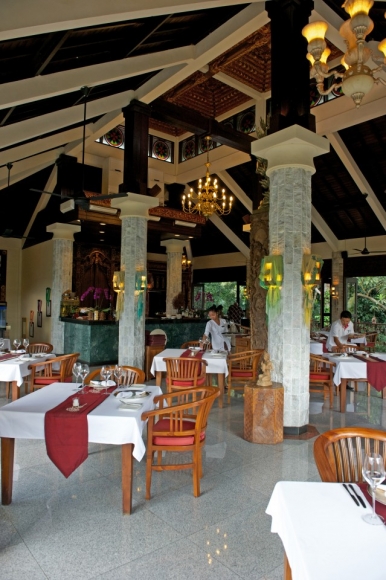
To date, Ayung Resort has earned a TripAdvisor Certificate of Excellence for its impressive lodgings and facilities, and undoubtedly for its food. Look out for its iga bakar (or grilled ribs), tenderloin beef rendang, crispy fried duck called bebek goreng, and the salmon steak. If anyone wonders where the best breakfast in all of Ubud is served, Wijaya Kusuma is the place, according to reviews from the hotel’s guests.
Ubud is as much a place for culture as it is for food. Don’t worry about gaining weight, though, as the town is best explored on foot. Take time to check out its little shops and boutiques and you’re sure to find something to take home. Be it silver jewellery from a local artisan or one that you’ve made yourself (craftworkshopbali.com) you will leave Ubud with great memories and a piece, or two, of its culture.
